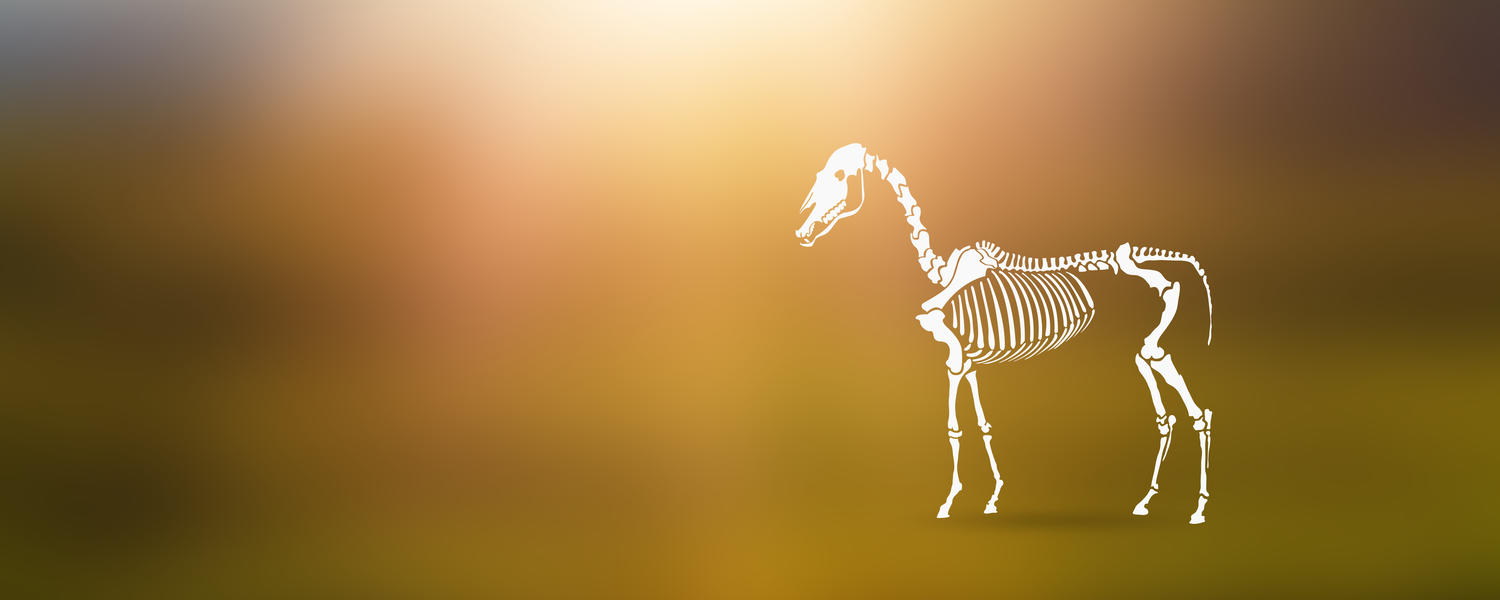
Anatomy: Equine
The Respiratory System
Just like us, horses (Suwatâga) need to breathe oxygen in order to fuel their muscles (ka). The respiratory system includes the lungs (Charhu) and the path that air takes to get to the lungs. Horse lungs (Charhu) are massive! Human lungs can hold 1.5x more air than an empty milk jug, but a horse’s lungs can hold 14 milk jugs worth of air!
Horses are obligate nasal breathers – they can’t breathe through their mouths. This is because the pathway between the mouth and the lungs is blocked off so that food doesn’t accidentally get brought into the lungs.
Equine Digestive System
Plants (Wouya) are made up of a structural molecule called fibre and animals are unable to digest fibre on their own. Herbivores, like horses, have to come up with a strategy to fix this! Horses are hindgut fermentors, this means that they use a digestive process where fiber is digested with the help of bacteria that live symbiotically in the animal’s cecum.
Equine Ascending Colon and Cecum
They have a massive cecum and ascending colon (Sube) that contain bacteria that help breakdown the food that their stomach (Tethi) can’t. How massive is massive? The cecum and ascending colon house billions of bacteria and can fit between 90 to 135 liters of liquid - that’s equivalent to almost 34 jugs of milk!


Equine Cardiovascular System
Horses (Suwatâga) have really big hearts! A horse’s heart (Châde) is 13 times bigger than an adult man’s heart. Horses are incredible athletes and they need to have a very strong heart (Châde) so that they can get oxygen and nutrients to their muscles (ka) while they are running.
Equine Musculoskeletal System
In this video you learn about equine bones (Huhu) and muscles (Ka) ! You will also learn the difference between plantigrades, digitigrades, and unguligrades. Horses are what extreme unguligrades. As a result, their limbs are longer which allows them to take longer steps. They have also decreased the weight of their lower legs which reduces the cost of swinging the leg, making them highly effective at running!
TEST YOUR KNOWLEDGE!!
Which of the below diagrams shows the organs in the correct location?
